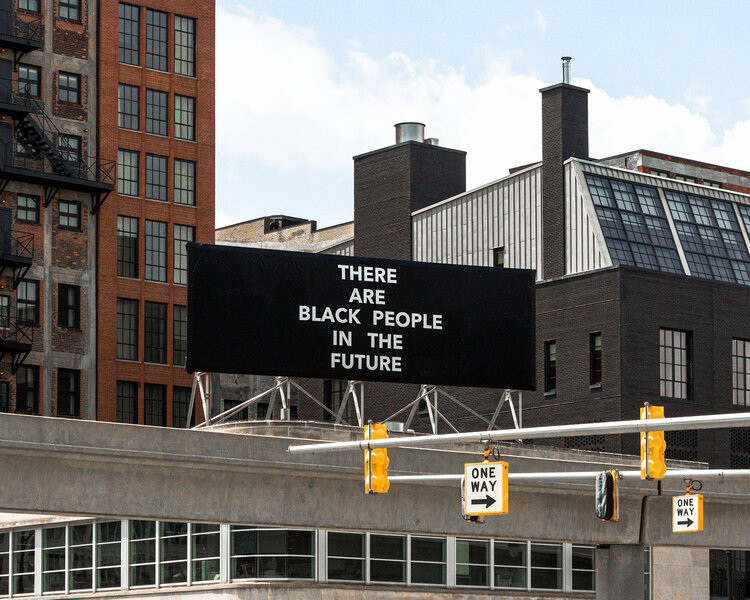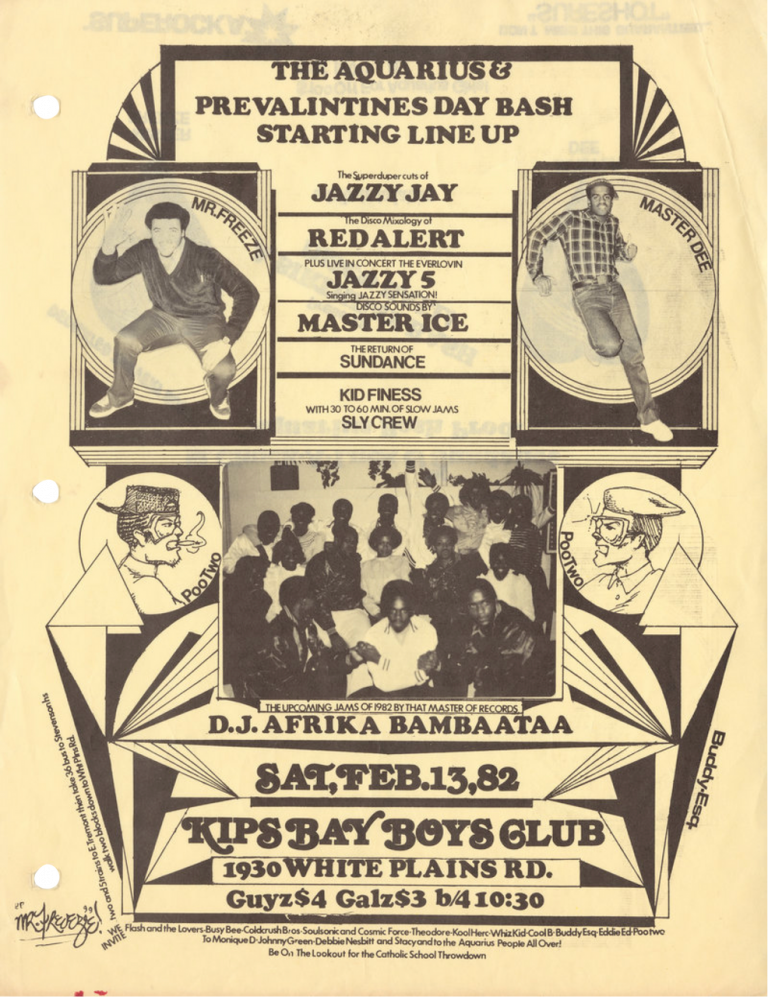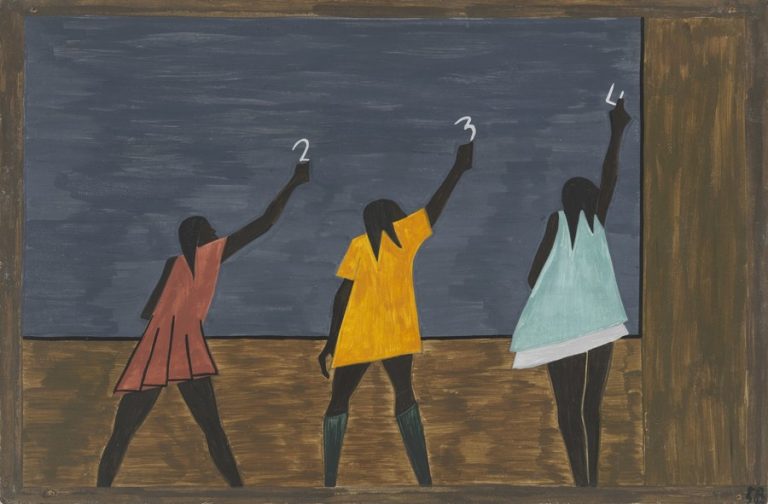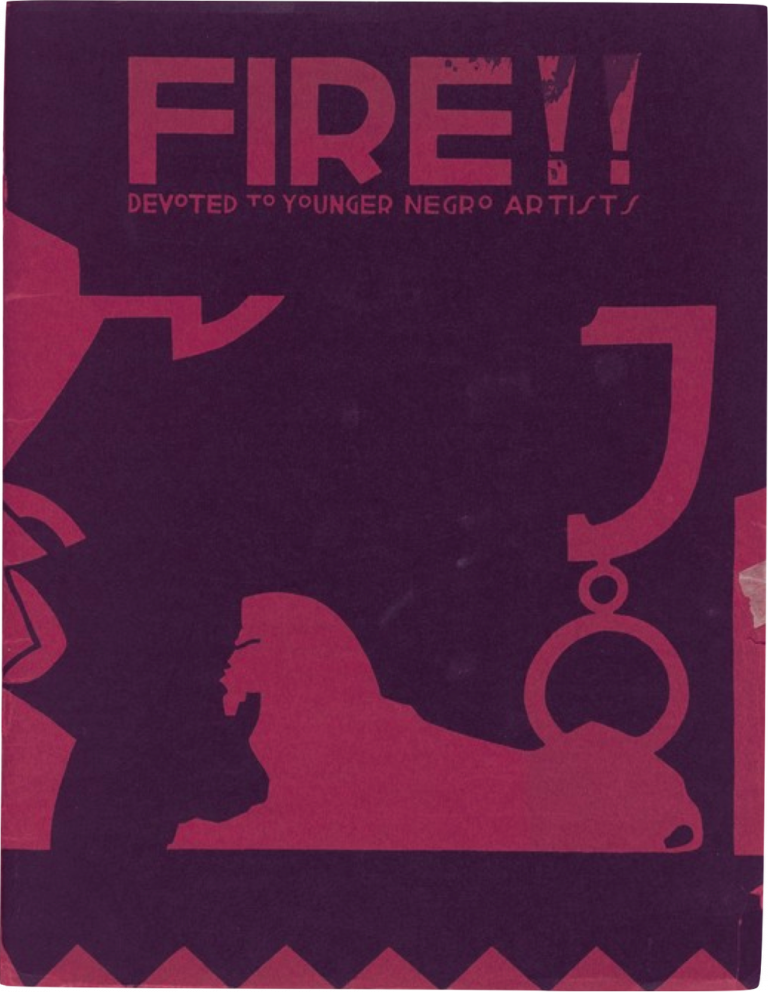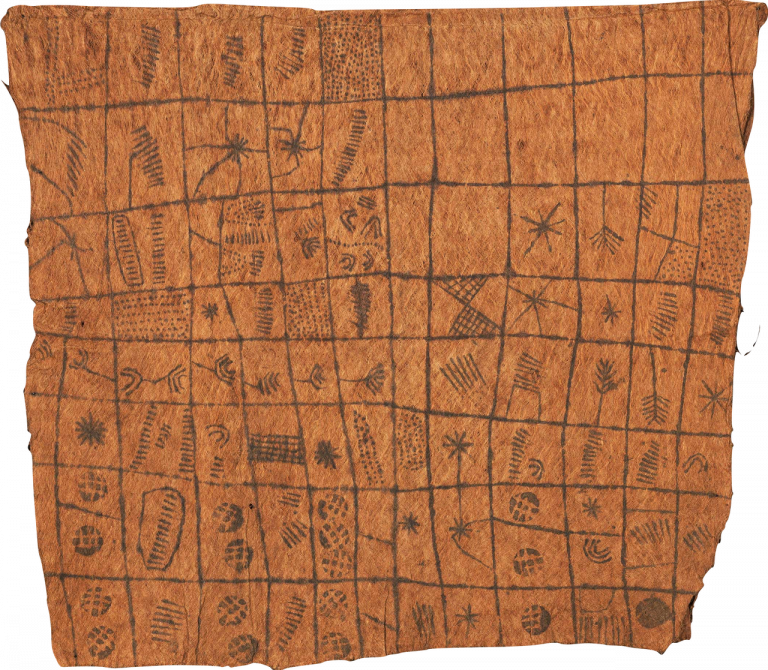Collab & Consult
Cuba and Puerto Rico are the two wings of a bird, they receive flowers and bullets over the same heart.
—Lola Rodriguez de Tió
The poster—an important medium for social, political, cultural, and economic communication—was adopted in the twentieth century by two prominent Caribbean nations, Puerto Rico and Cuba, governed under opposite political systems. The visual languages of Puerto Rican and Cuban carteles represent the historic reality of the "sister islands" as they struggle to define their identities within two contrasting political relationships with the United States: the colonial status of Puerto Rico and the United States' embargo against Cuba.





